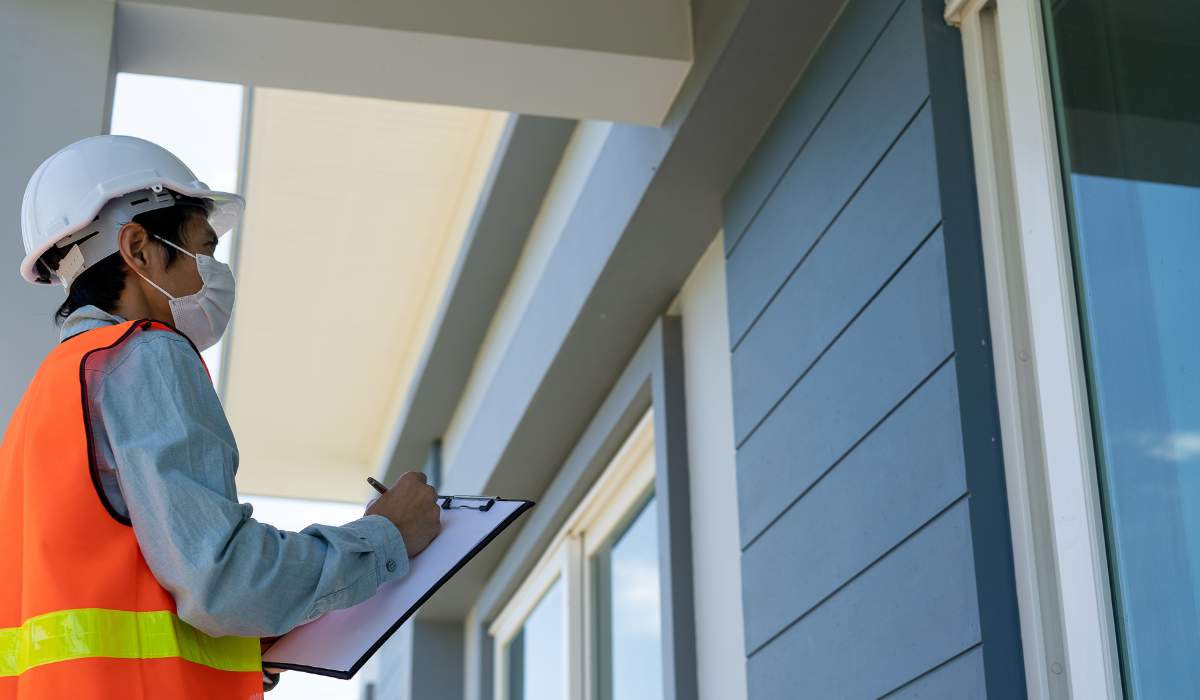What Is an HOA? Benefits and Drawbacks of Communities With a Homeowner’s Association
Living in a Homeowner’s Association (HOA) neighborhood provides a unique and complex living experience that goes beyond regular homeownership. It combines a plethora of benefits that contribute to a dynamic and well-maintained community.
Access to shared amenities is one of the key advantages of living in a HOA community. Swimming pools, exercise facilities, playgrounds, and community parks provide inhabitants with a sense of luxury and convenience. The HOA is in charge of maintaining these facilities, ensuring that they are well-kept and accessible to all homeowners.
In addition to shared amenities, the HOA is responsible for the general look and visual appeal of the neighborhood. The HOA ensures that the area maintains its visual attractiveness and property values through regular property care and landscaping activities. This proactive approach to property management results in a unified and appealing environment for both residents and visitors.
Another important part of living in a HOA is the community regulations. These rules are intended to foster a peaceful living environment by defining requirements for different aspects of homeownership, including architectural standards, noise restrictions, and parking laws. While some may see these laws as limiting personal freedom, they also help to preserve property values and establish a feeling of communal order and consistency.
However, prospective homeowners should be aware that living in a HOA community entails specific responsibilities and considerations. HOAs frequently charge membership fees to pay the costs of maintaining common areas, facilities, and services. When selecting a HOA community, homeowners should be prepared to budget for these expenses.
Another factor to consider is the potential for HOA laws to limit personal freedoms. These can include restrictions on exterior paint colors and landscaping options, as well as restrictions on certain types of pets or the ability to rent out residences. Prospective homeowners should carefully read the governing documents of their HOA to understand the nature of these restrictions and determine whether they correspond with their desired lifestyle and preferences.
Individuals can make well-informed decisions regarding their homeownership journey by thoroughly researching the benefits, limitations, and critical factors of living in an HOA community. It is critical to strike a balance between utilizing common amenities, well-maintained homes, and community regulations while also ensuring that the HOA’s guidelines correspond with personal values and ambitions.
Open contact with the HOA board and fellow homeowners, active participation in community events, and staying up to date on HOA initiatives can all help to improve the community living experience. Finally, a thorough understanding of HOA dynamics enables prospective homeowners to make decisions that match their preferred lifestyle, laying the groundwork for a pleasant and harmonious community living experience.
Homeowners’ Associations (HOAs) Revealed
When exploring the world of Homeowner’s Associations (HOAs), it is critical to understand their purpose and how they operate within residential neighborhoods. An HOA is a non-profit organization formed to manage and control a particular community or neighborhood. Its major purpose is to improve homeowners’ quality of life by adopting and enforcing rules and regulations that promote peace and protect property values.
It is critical to investigate a HOA’s organizational structure and decision-making processes in order to shed light on its inner workings. An HOA typically consists of a board of directors elected by the homeowners in the community.
This board is in charge of managing the business of the association, making critical decisions, and ensuring that the requirements of the community are addressed. Furthermore, the HOA may form committees to address specific issues such as architectural review, landscaping, or social events, giving homeowners the opportunity to contribute to and shape the growth of the community.
Living in a HOA community provides a number of advantages that add to a better residential experience. One of the key benefits is the exclusive use of community amenities available only to homeowners. Swimming pools, tennis courts, gyms, walking trails, and clubhouse facilities are examples of amenities.
The HOA is responsible for maintaining and managing these amenities, ensuring that they are well-maintained, clean, and accessible to all homeowners. This access to common resources not only improves the quality of living but also allows neighbors to socialize and establish a sense of community.
Another advantage of HOA community living is the neighborhood’s consistent and well-maintained appearance. The HOA is responsible for the upkeep of common facilities such as parks, playgrounds, and landscaping. This guarantees that the neighborhood offers an appealing and inviting atmosphere, which increases property prices and creates a consistent aesthetic appeal.
HOAs are also important in enforcing community regulations. While these restrictions may appear to some to be restrictive, they are intended to maintain order and protect the overall nature of the community. Architectural guidelines, landscaping limits, noise control, and parking requirements are all common topics covered by these regulations.
By following these principles, residents can be assured of a well-kept neighborhood with constant visual appeal. It should be noted that the advantages of living in a HOA community extend beyond tangible amenities and restrictions.
Through organized social events, neighborhood gatherings, and community activities, HOAs frequently develop a sense of community spirit and engagement. These activities allow residents to connect, form relationships, and contribute to the shaping of the community’s identity.
Individuals can make informed decisions about whether living in a HOA neighborhood matches their lifestyle and preferences by knowing the purpose, structure, and benefits of a HOA. The following section will look into the potential drawbacks and issues related to HOA living, ensuring that both sides of the equation are well understood.
Shared Amenities and a Better Way of Life Living in a HOA community gives residents exclusive access to a variety of common amenities, which can improve their quality of life significantly. Swimming pools, fitness facilities, playgrounds, sports courts, and parks are examples of amenities. The availability of these amenities within the neighborhood eliminates the need for homeowners to seek out equivalent activities elsewhere, saving time and money.
Furthermore, shared amenities promote an active and healthy lifestyle, creating a sense of community among residents who can participate in recreational activities together. These places also allow for socializing, organizing community events, and establishing long-term relationships among neighbors.
Aesthetics and Property Maintenance

The communal duty for property maintenance is one of the key benefits of living in a HOA community. The HOA is responsible for maintaining common spaces such as walkways, landscaping, and community buildings. This maintains a continuously clean and visually pleasing environment, which improves the community’s overall curb appeal. Well-kept properties not only contribute to a pleasant living environment but also help to preserve property values.
The HOA establishes property care standards and may impose guidelines for landscaping, exterior maintenance, and architectural design. These rules ensure that the community maintains a unified and appealing appearance while also protecting the value of individual properties.
Harmonious Living and Community Regulations

HOAs create community rules to encourage peaceful living and protect property values. Architectural guidelines, noise limitations, parking regulations, and pet policies are all examples of regulations. While some homeowners may see these laws as burdensome, they ultimately help to safeguard property values and promote a high standard of living for all inhabitants.
Architectural rules, for example, ensure that new buildings and renovations adhere to specific aesthetic standards, maintaining a constant and pleasant community appearance. Noise limitations and parking laws help to maintain a tranquil living environment by preventing disturbances and disagreements between neighbors. These standards promote order and harmony, allowing homeowners to enjoy a well-managed community where everyone follows the same set of rules.
Understanding the advantages of shared amenities, property care, and community laws in an HOA community gives homeowners significant insight into the benefits of this sort of living arrangement. However, before making a decision, it is equally vital to analyze the potential downsides and key aspects. The next part will go over the poten